The name vegan leather may be at least a little bit confusing to most people. Wherever the term vegan leather appears, it seems to spark a wide debate on the topic. People ask questions about vegan leather ranging from “what is it made out of?”, “is it sustainable?” and “can you tell real leather from vegan leather?”.
Essentially, these are all important questions that need answering and explaining. The very definition of vegan leather is frequently unknown to some people. Considering that manufacturers of fake leather imitations have been at it for a long time, all this leather business can get understandably confusing. However, as the world has become more eco-friendly, so have the trends that many people indulge in.
Now more than ever, people are engaging in vegan leather is a great green alternative to its other leather counterparts. Though the preparation, ingredients, and materials used to make vegan leather can vary from manufacturer to manufacturer, most vegan leather is made from the same base materials.
By knowing the base material of different versions of vegan leather, it will be easier to gauge how safe it is for the environment. Below we have listed some in-depth answers to what vegan leather is, how its functions vary and how it benefits the environment.
What is Vegan leather made out of?
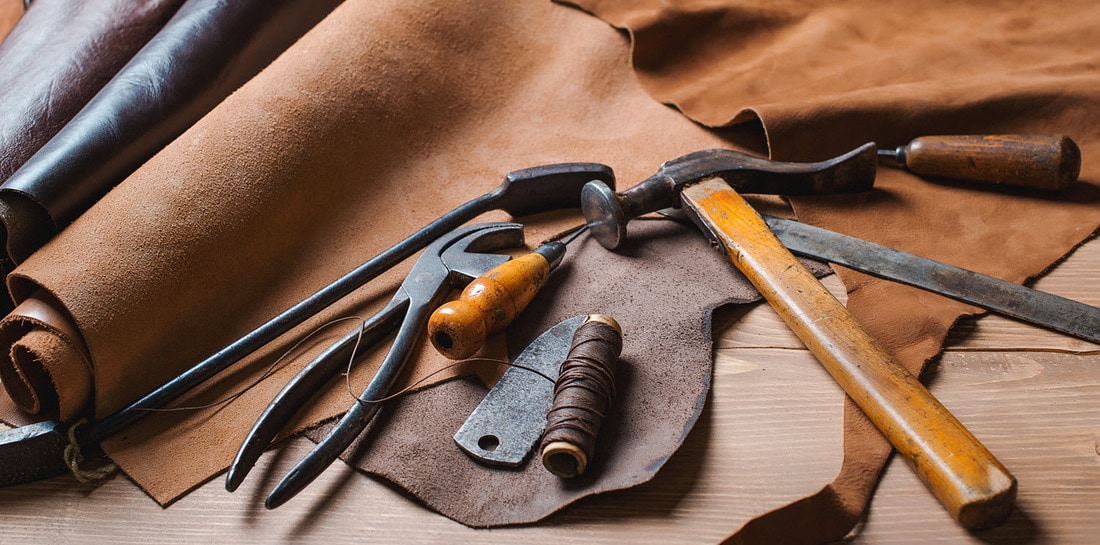
Before buying material for any purpose it is important to know what it is made out of. Essentially, vegan leather is made out of polyvinyl chloride or polyurethane. Vegan leather has also gone through a set of earlier names such as synthetic leather or artificial leather.
Vegan leather has the general advantage of looking very much like traditional normal leather, but without any animal-based products in the preparation process. This has led to the popularity of vegan leather altogether. As it is a cruelty-free and sustainable alternative to normal leather, its popularity has generally risen.
Materials used to make vegan leather are usually plastic based. This is why many people have generally used another name for vegan leather, calling it “pleather.” However, there have been new cutting-edge technologies that have made vegan leather from other materials.
Is Vegan Leather Durable?
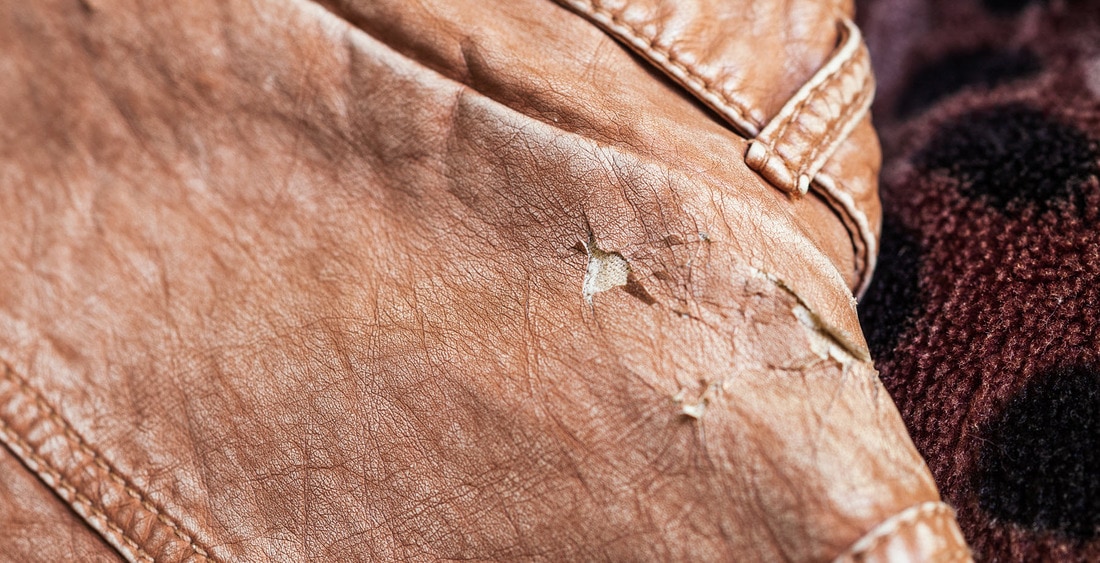
When comparing vegan leather to real leather, quality is another aspect to take into consideration that needs clearing up. For example, it is worth noting that vegan leather is most frequently a lot thinner than normal or traditional leather, making it much more lightweight.
Although this makes it easier to handle for fashion purposes, it also wears down much easier. Ultimately, vegan leather is much less durable than ordinary or traditional leather. When choosing a leather imitation such as Vegan leather, you may get a few years before any tearing shows, while traditional leather lasts much longer. Another aspect regarding vegan leather has to do with its porousness.
While traditional leather has pores, allowing it to breathe, vegan leather that is PVC based does not have any pours. Because of this, sweat easily accumulates around vegan leather, making it lose its visual appeal much earlier than normal leather would. However, it is important to mention that ordinary leather is generally high maintenance and requires a lot of care. This is the main reason why some people prefer vegan leather. It is much easier to produce plastic-based synthetic leather than its traditional counterpart.
Difference Between Real Leather and Fake Leather?
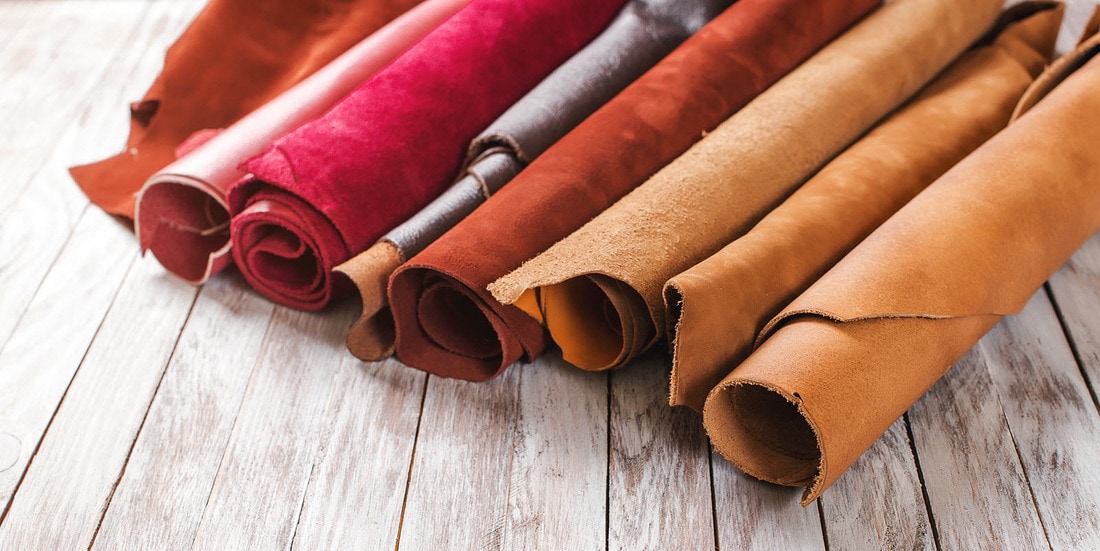
Though vegan leather may look a lot like traditional leather, there are many ways to test vegan leather or figure out if it is actually PVC based or real leather. One way is to access if the leather has a patina or not. Over some time as wear and tear begin to show up on traditional leather, it forms a patina.
A patina is a rubbed-out surface on leather that gives it a certain character. Older vegan or fake leather will not form this same patina but will tear up instead.
One great way of checking out if the leather is fake or real is simply to look at the label. Usually, there will be a label indicating if a product is a genuine leather. If there is no label at all or it says “man-made materials”, you can make the bet that the leather is fake. However, a vegan leather marking can also be found on some labels.
Another great way to check if the leather is real is to smell it. The smell of a product can help you easily decide if a product is a vegan leather or traditional leather. This is because traditional leather has a very specific and strong smell that cannot be imitated during the manufacturing process of vegan leather. You can also check for the general texture of the product. Because vegan leather is plastic-based, the texture will be much more regular and consistent and usually feels much smoother than traditional leather. Normal leather is much more coarse than vegan leather.
When people ask the question “what is vegan leather?” it is best to go back to the pores. As mentioned previously, vegan leather is not as porous as real leather. You can notice this as the material is generally less breathable. This is another aspect that you will want to check to know if your leather is normal or if it is artificial vegan leather.
Is Vegan Leather Good for the Environment?
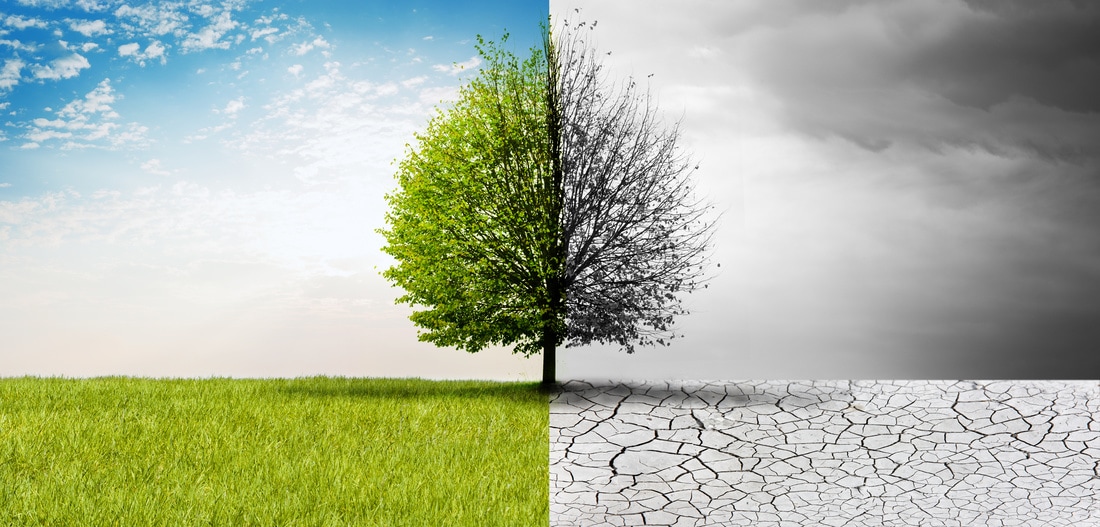
When it comes to the stance of vegan leather in regard to environmentalism, we tend to get mixed reviews. Originally, vegan leather was produced as a cheaper alternative to traditional leather. Many environmentalists, however, were quick to see the benefits and advantages of vegan leather as a major contributor to the world becoming green.
Not only is it cheaper, but vegan leather guarantees that it is produced from no animal products whatsoever. However, there is a catch. Although vegan leather has been praised for contributing to the cut-down of animal cruelty, it is not exactly a perfect material in terms of environmentalism. This is because the production of artificial leather requires a plasticizer called a phthalate to make it soft and flexible enough to work with.
Generally, phthalates are added to plastics to increase their transparency, flexibility, and durability. Although this ingredient is important for keeping vegan leather at a higher quality, it is generally an environmental risk. PVC also needs a considerable amount of petroleum and energy, making it dependent on fossil fuels. On top of all of that, the production process of vegan leather produces dioxins which are toxic to both humans and animals.
These dioxins linger in the environment even after PVC is manufactured. Unlike genuine leather, vegan leather does not decompose in a landfill normally. It can easily release certain dangerous chemicals in both the soil and water. Because of the many environmental risks of PVC based vegan leather, manufacturers have started to turn towards a slightly more eco-friendly option: polyurethane.
However, even if polyurethane is a better choice for vegan leather in terms of environmental risk, it faces its challenges in terms of quality and durability. Generally, polyurethane is not biodegradable and has a much shorter shelf life than traditional leather or even PVC products. By taking all of this into consideration it is important to understand that the absence of animal cruelty is only one part of the equation of the environmental aspect of vegan leather.
The impact also depends on a lot of different characteristics of your specific leather choice such as the sort of chemistry used in the manufacturing process, the way it’s put into the fabric and the quality of the supply. This is exactly why the question “what is vegan leather?” can be a complicated one with an even more complicated answer.
The short answer? Switching from real leather to vegan leather solves one set of problems, but create another set of problems. Ultimately, it’s best for us to stay away from both types of leather for the sake of the environment.
Demand for Vegan Leather is Growing
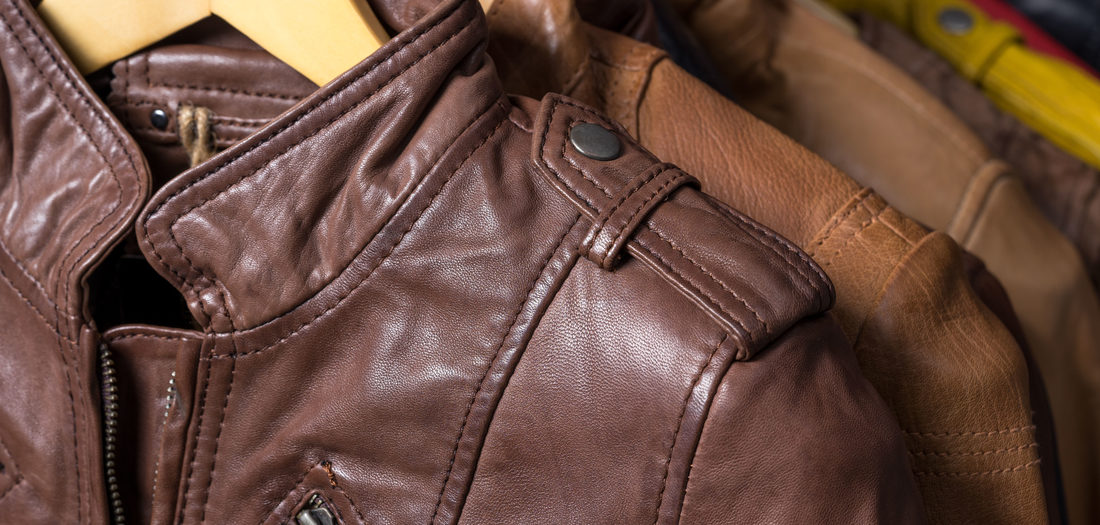
The trend of vegan leather has still been going strong ever since the earlier days of its manufacturing. In the beginning, vegan leather was not made primarily for environmental reasons, but rather a cheaper way to get a leather finish. Rising popularity only came later when environmental questions came into play.
Because of its appeal to vegans and other environmentalists, along with its workability, many fashion designers and celebrities have begun wearing vegan leather in the last couple of years as an alternative to tradition leather. Vegan leather may be less durable than traditional leather or sometimes ecologically questionable, but that has not stopped many famous figures from embracing vegan leather.
This trend has led more people to ask the question: “what is vegan leather? The reason some designers prefer vegan leather to traditional leather is that it is so easily workable. There are certain limits to working with traditional leather because of the coarseness of the material. Vegan leather can come in all different textures, ranging from smooth and glossy, to coarse and hard.
Vegan leather has received particular praise because of its ability to be waterproof, and the surprising absence of wrinkling. This has led many manufacturers of vegan leather to create different customization options. Actresses such as Anne Hathaway have turned up in vegan leather multiple times as a way to spread awareness of environmental problems. Designers such as Joseph Altuzarra, Michael Bastian and Stella McCartney have all embraced vegan leather in one way or another by including it as a choice in many of their collections.

This flip and sudden interest in vegan leather has a lot to do with the substitute of PVC-based leather to polyurethane. Polyurethane attached to fabric allows the end product to imitate traditional leather in ways PVC leather simply couldn’t. Along with this, it still can keep its flexibility in texture that has made it so recently famous on the market, and so usable by famous designers.
A recent study places the vegan leather market size at $85.05 billion by the year 2025, with footwear being the biggest driver.
Recap
All in all, when asking the question of “what is vegan leather?”. There are multiple aspects that need to be worked through for a precise answer. When choosing between traditional leather and vegan leather, multiple environmental factors come into play. Vegan leather is not always biodegradable and the chemical processing that goes with it impacts its overall appeal to environmentalists.
Along with the environment, differences in physical appeal and quality will also be important to access. Many people are turned away from vegan leather by the very aspects that make it so appealing to leading designers. Things like being workable and waterproof play to its advantage yet wear and tear on cheaper markets may be a problem for the everyday buyer who needs more quality material but still wants to bring ethics into their own choice.
Take all these advantages and disadvantages into consideration before choosing between traditional leather and vegan leather.
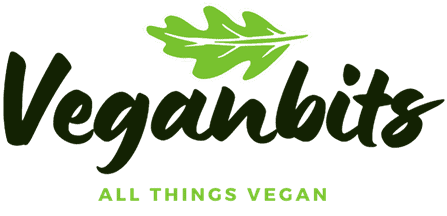
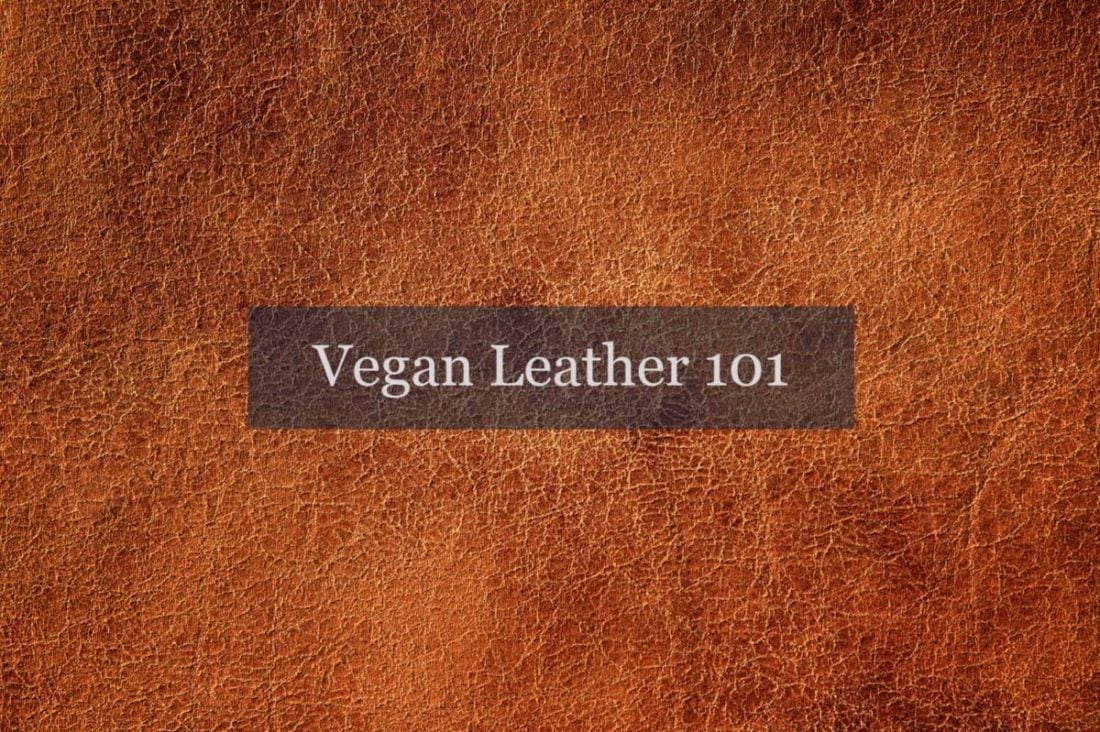

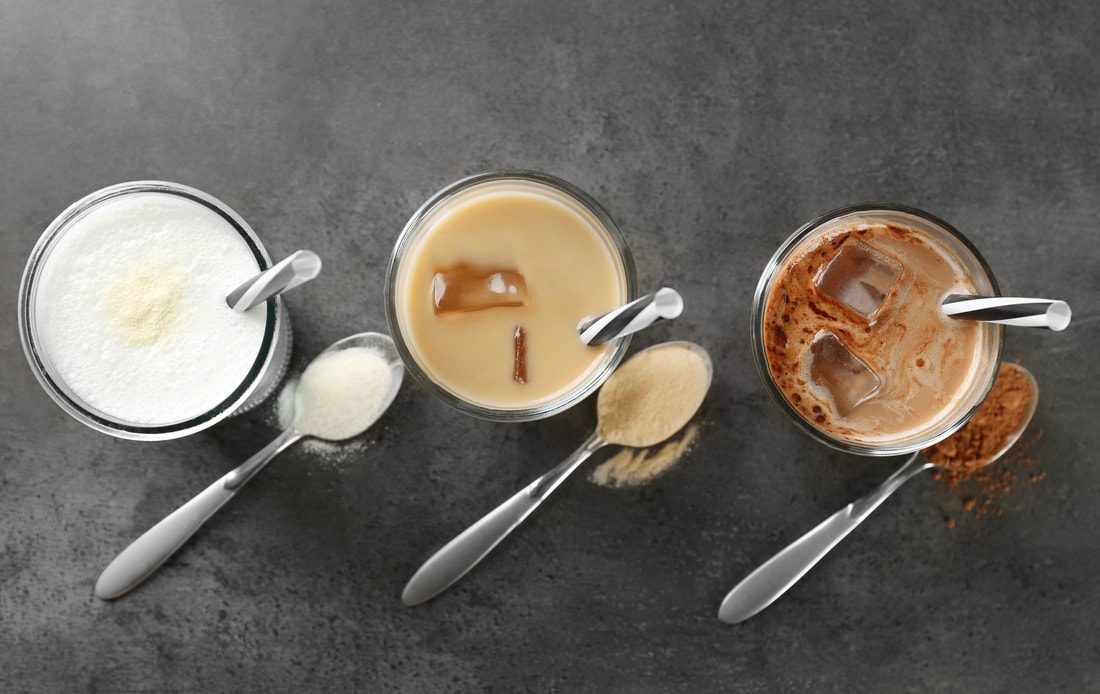
CONGRATULATIONS, I have read a lot of nonsense, jumble of very little useful information and techniques.
I hope that whoever wrote this suffered from some mental deficit or that the article itself needs to be updated.
Maybe a nice visit on some portal less to chat as a hairdresser would be better!
https://www.peta.org/living/personal-care-fashion/vegan-leather-chic-sustainable-and-fruity/
AH I forgot …. I am an Italian manufacturer of bags with alternative material
Best Regards
I found this article very informative. Really wanted to decide on future purchases ( or not) of leather. I’ll look more into the materials suggested that don’t produce harmful toxins and those materials that will eventually breakdown.